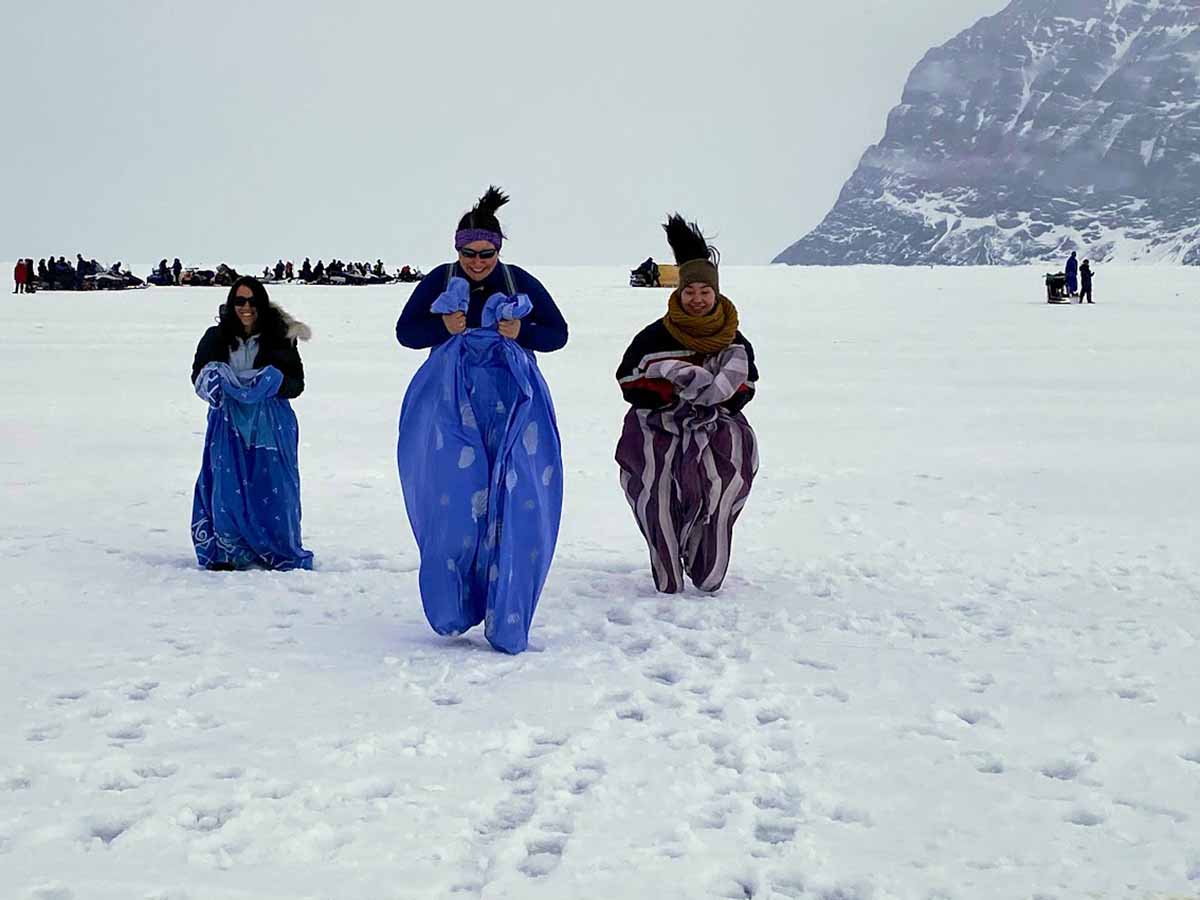Locals in Uummannaq possess unique knowledge about changes in ice, currents, and wind. Knowledge that is rarely included in the scientists’ calculations. But Parnuna wants to change that.
By Signe Ravn-Højgaard
“You’ll go out on the sea ice in half an hour. The fishermen and kids are ready by their snowmobiles!” says Ann Andreasen, head of the children’s home in Uummannaq to Parnuna Egede Dahl.
And that is what will happen.
Parnuna Egede Dahl, research assistant at Brown University in the United States, is busy dressing up in fur and getting ready to spend several hours on the sea ice of Uummannaq.
Together with the field assistant, Paninnguaq Korneliusen from Ilisimatusarfik and social researcher Bright Dale from Norland Research Institute, Parnuna researches changes in sea ice formation and how these changes affect the local population around Uummannaq fiord.
“The climate changes prolong the period where the ice is too thin for walking or dog sledding but too thick for sailing. Climate change makes it more difficult to predict ice formation and when it will break up,” says Parnuna Egede Dahl:



